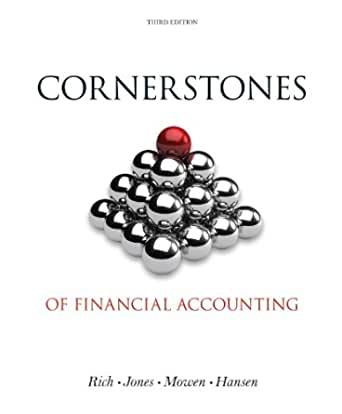Question
Below is a list of all the specific objectives for Part 3. If you can perform the following objectives you will be prepared for the
Below is a list of all the specific objectives for Part 3. If you can perform the following objectives you will be prepared for the test.
lesson: Market for Loanable Funds (chapter 9)
1. Explain the connection between savings and investment.*
2. Draw a supply of savings curve (supply of loanable funds)
3. Identify the determinants of savings (supply shifters) and how a change in any determinant will affect savings
4. Draw a demand to borrow curve (demand for loanable funds)
5. Identify the factors of borrowing (demand shifters) and how a change in any determinant will affect borrowing
6. Find the equilibrium real interest rate and equilibrium quantity of savings / borrowing using a loanable funds graph
7. Show the effect of a change in the factors of savings and/or borrowing on the equilibrium real interest rate and quantity savings / investment.
lesson: Financial System - efficient vs inefficient (chapter 9)
1. Identify forms of financial intermediaries
2. List the functions of financial intermediaries related to reducing risk and transaction costs of financial exchanges.
3. Distinguish between banks and credit unions 4. Distinguish between stocks and bonds 5. State the relationship between bond prices and interest rates
6. Describe the shadow banking system and its different segments
7. Identify financial intermediary failures
8. Analyze how a given financial intermediary failure will affect the market for loanable funds, the real interest rate, and the quantity of money saved and borrowed
lesson: international trade (chapter 19)
1. Apply the concept of comparative advantage to international trade.
2. Demonstrate the effect of an open (world) market of a domestic supply and demand graph 3. Identify the forms of protectionism that can be employed.
4. Demonstrate the effect of a tariff and quota on a domestic supply and demand graph
5. Identify the winners and losers with open markets (i.e. free trade or globalization), and the winners and losers with protectionism
6. Give common anti-trade arguments and the economic rebuttal to those arguments
7. Identify sources of comparative advantage and use them to explain international trade patterns
8. Explain the connection between international trade and economic growth
Step by Step Solution
There are 3 Steps involved in it
Step: 1

Get Instant Access to Expert-Tailored Solutions
See step-by-step solutions with expert insights and AI powered tools for academic success
Step: 2

Step: 3

Ace Your Homework with AI
Get the answers you need in no time with our AI-driven, step-by-step assistance
Get Started


